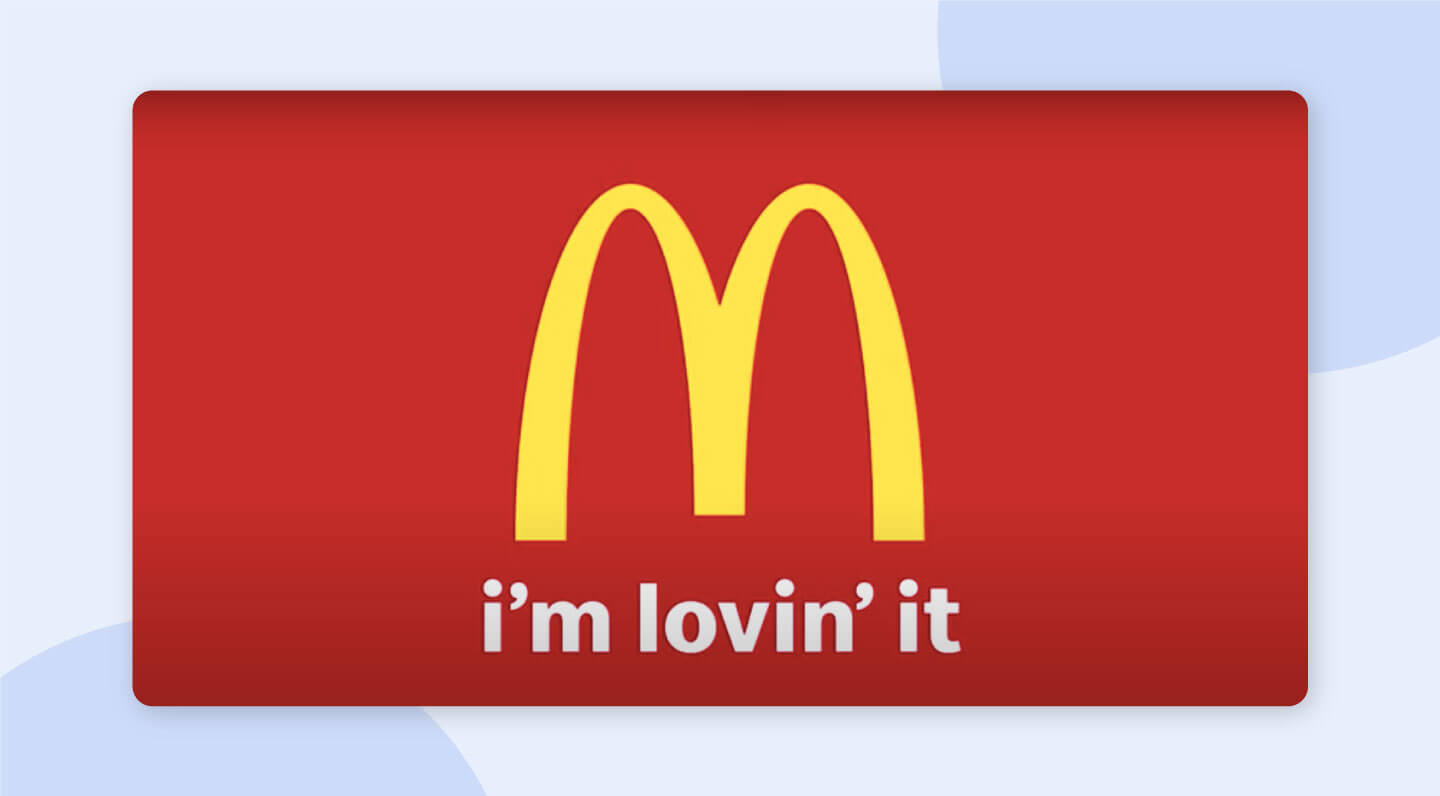Keys to Great Advertising

In today’s fast-paced digital world, advertising plays a crucial role in connecting businesses with their target audiences. But what exactly makes advertising “great”? And how can businesses improve their advertising strategies to achieve better results? Let’s dive into these questions.
What is Great Advertising?
Great advertising is more than just promoting a product or service; it’s about creating a meaningful connection with your audience. Here are some key characteristics of effective advertising:
- Promotional: At its core, advertising aims to publicize a product or service and encourage sales.
- Persuasive: Effective ads convince consumers that the featured product or service is better than a competitor’s offering.
- Targeted: Great advertising is aimed at a specific audience, ensuring that the message resonates with the right people.
- Creative: Creativity helps ads stand out and be memorable.
- Consistent: Consistency in messaging and branding helps build recognition and trust.
- Ethical: Ethical advertising builds trust and maintains a positive brand image
Things to consider when advertising
Branding:
- You are influencing purchasing decisions. Branding shapes how consumers perceive a product or service. A strong brand creates positive associations, making customers more likely to choose your offering over competitors.
- Creates an Identity for Your Business. A brand extends beyond a company’s product or service. It represents your company’s values, mission, and personality. Brand identity helps you stand out and connect with your audience.
- Helps Customers Remember Your Business. Branding makes your business memorable. When customers encounter your brand consistently, it sticks in their minds. Recall is essential for repeat business and word-of-mouth referrals
- Boosts Advertising and Marketing. A strong brand supports your marketing efforts. It provides a cohesive framework for all your advertising campaigns.
- Builds Employee Support. Employees are brand ambassadors. A well-defined brand identity inspires pride and commitment among your team.

Visuals in advertising:
- Attention Grabbing; In today’s information overload, visuals catch the eye swiftly. Attractive, well-designed graphics make your ad stand out and be noticed
- They bring Simplicity and Clarity; Visuals convey complex ideas concisely. Infographics, for instance, communicate information at a glance, aiding understanding and retention
- Emotional Impact; Visuals evoke feelings and influence perception.
Colors, images, and design elements tap into emotions, inspiring decisions and actions. - You get increased Engagement; Graphics and encouraged sharing on social media. Viewers who appreciate your visuals spread the word, organically promoting your business.
- Cross-Cultural Appeal; Visuals transcend language barriers. It connects with a wide range of people, they extend their influence to a larger audience.
- Brand Identity; logos, and color schemes create brand recognition. Consistent visuals anchor your identity in consumers’ minds
Psychology of Persuasion
- Attention and Engagement
- In today’s content-saturated world, people lose focus quickly. Understanding psychology helps you create attention-grabbing ads that cut through the noise.
- By understanding the cognitive processes, you can design ads that keep viewers engaged and interested
- Influence and Decision-Making
- Ethical Persuasion: Applying psychological techniques ethically allows you to influence consumer behavior without manipulation.
- Psychology helps craft narratives that resonate with emotions, influencing decision-making
- Psychological Principles in Advertising
- Reciprocity Principle: Offering something (e.g., free content) creates an obligation for reciprocity.
- Scarcity and Urgency: Creating a sense of scarcity or time pressure encourages action.
- Emotional Appeals: Tapping into emotions (fear, joy, nostalgia) drives engagement.
- Social Proof: Showing others’ positive experiences builds credibility.
- Attention and Engagement
Choosing The Right Advertising Channel
- Reaching Your Audience
- Understanding the demographics of different channels can help you effectively reach your desired audience by selecting the right ones.
- Example: If you’re promoting a tech product, digital channels like social media and online ads may be more effective than traditional print media
- It Increases Brand visibility
- Consistent presence across various channels builds brand recognition. When consumers encounter your brand on multiple platforms, it reinforces trust and credibility.
- Example: A brand seen on billboards, social media, and TV gains visibility and stays top-of-mind
- Drives Sales and Conversions
- The right channels lead to increased sales. Relevant ads persuade potential customers to take action, whether it’s making a purchase or signing up.
- Example: E-commerce businesses benefit from targeted online ads that drive website visits and conversions.
- Measuring Performance
- Advertising channels offer various tools to monitor the performance of campaigns. These tools provide valuable metrics such as click-through rates and conversions, which are essential for evaluating the effectiveness of the campaigns.
- Example: Digital channels allow real-time monitoring, enabling adjustments for better results.
- Cost-Efficient
- Channels offer different pricing models. Choosing wisely ensures optimal use of your budget.
- Example: Social media ads often cost less than TV commercials, making them accessible even for small businesses.
- Reaching Your Audience
Ad Campaign
- A marketing campaign is a structured way to promote a product, service, or brand. It involves creating a series of ads that share a single idea and theme. Here’s what you need to know:
- They convey your overall message
- It lets you visually communicate that idea
- Businesses: Both large brands and smaller companies can benefit.
- Sales Boost: Drive traffic and increase sales through well-designed ads.
- Lead Generation: Generate leads by directing interested customers to provide contact information.
- Brand Awareness: Consistent campaigns build recognition and trust.
- Some case studies around ad campaign
McDonald’s: I’m Lovin’ It Campaign

 While visual imagery is vital when creating an advertising campaign, sound can be just as effective. In 2003, McDonald’s ran an international ad campaign competition to update its current branding. Originally sung by Justin Timberlake before receiving one of the most famous upgrades in history, the jingle “Ba da ba ba ba, I’m lovin’ it” was awarded a permanent spot in McDonald’s advertisements.
While visual imagery is vital when creating an advertising campaign, sound can be just as effective. In 2003, McDonald’s ran an international ad campaign competition to update its current branding. Originally sung by Justin Timberlake before receiving one of the most famous upgrades in history, the jingle “Ba da ba ba ba, I’m lovin’ it” was awarded a permanent spot in McDonald’s advertisements.Old Spice: The Man Your Man Could Smell Like Campaign

 After Old Spice’s initial “Smell like a man, man” campaign went viral in early 2010, the brand jumped to social media to ride the wave. The Old Spice Man created interactive videos responding to comments on various social media platforms, including Facebook and Twitter, all while remaining in character and nailing the brand’s voice. While advertising Old Spice’s products, this ad campaign also increased their target audience and social media followers by thousands of people.
After Old Spice’s initial “Smell like a man, man” campaign went viral in early 2010, the brand jumped to social media to ride the wave. The Old Spice Man created interactive videos responding to comments on various social media platforms, including Facebook and Twitter, all while remaining in character and nailing the brand’s voice. While advertising Old Spice’s products, this ad campaign also increased their target audience and social media followers by thousands of people.Launch Year: 2010
Campaign Medium: Media and social media
Expert Takeaway: Old Spice’s campaign is best “known for its humor, creativity, and viral impact. By targeting both men and women with witty and entertaining commercials, it created memorable moments and engaged viewers effectively.” — Olivia Lin, marketing specialist at TabrickNike: Just Do It Campaign

 In the 1980s, Nike’s biggest competitor was outselling the now-famous athletic brand. Nike was advertising almost exclusively to marathon runners, and it was losing the race. Enter “Just Do It”: the advertising campaign designed with everyone in mind. By expanding its target audience to athletes and nonathletes alike, Nike’s new tagline embodied the universal drive people feel while exercising. In doing so, they substantially increased their sales and created a long-lasting campaign that continues to resonate with the brand’s audience.
In the 1980s, Nike’s biggest competitor was outselling the now-famous athletic brand. Nike was advertising almost exclusively to marathon runners, and it was losing the race. Enter “Just Do It”: the advertising campaign designed with everyone in mind. By expanding its target audience to athletes and nonathletes alike, Nike’s new tagline embodied the universal drive people feel while exercising. In doing so, they substantially increased their sales and created a long-lasting campaign that continues to resonate with the brand’s audience.Launch Year: 1988
Campaign Medium: All
Expert Takeaway: “The slogan itself is simple and powerful, encouraging individuals to take action and push their limits. Moreover, Nike has consistently featured inspiring athletes in their advertisements, which helps to create an emotional connection with consumers. Overall, the ‘Just Do It’ campaign is memorable, motivating, and has had a lasting impact on advertising.” — Bridget Reed, co-founder at The Word Counter
- A marketing campaign is a structured way to promote a product, service, or brand. It involves creating a series of ads that share a single idea and theme. Here’s what you need to know:
Unique Selling Proposition (USP)
A Unique Selling Proposition (USP) is a statement that clearly articulates what makes your product, service, or brand distinct from competitors. It highlights the unique benefits and features that only your business can offer, making it a crucial element in your marketing strategy
How to Define Your USP
Analyze Your Product
- Look at the features and benefits that set your product apart. Consider aspects like quality, innovation, customer service, or price.
Knowing your audience
- Understand who your ideal customers are and what they value the most. Insights from customer reviews and feedback should be reviewed to understand what they appreciate about your product.
Craft a clear statement
- Your USP should be clear, and concise, focusing on the benefits and communicating value in a few words. It should highlight the benefits customers will have from choosing your product.
Examples of Strong USPs
- FedEx: “When it absolutely, positively has to be there overnight.” This USP emphasizes reliability and speed, key factors for their target audience1.
- Domino’s Pizza: “You get fresh, hot pizza delivered to your door in 30 minutes or less—or it’s free.” This USP highlights speed and customer satisfaction1.
- TOMS Shoes: “With every pair you purchase, TOMS will give a new pair of shoes to a needy child. One for One®.” This USP focuses on social responsibility and giving back.

How to Improve Your Advertising
Improving your advertising strategy involves a combination of creativity, analysis, and strategic planning. Here are some tips to help you enhance your advertising efforts:
Understanding your audience is crucial; use data analytics and market research to gain insights into their preferences, behaviors, and needs.
Create a Clear Plan: Please ensure your advertising plan includes your objectives, the success metrics, and the campaign timeline. Having a clear plan will help make sure your actions are in line with your business goals.
Leverage Multiple Channels: Utilize various advertising channels such as social media, email marketing, and search engine ads to reach a broader audience. Each platform has its unique strengths, so diversify your approach.
Track and Analyze Results: Regularly monitor the performance of your ads. Use tools like Google Analytics to track key metrics and identify which ads are driving the most engagement and conversions.
Include a Strong Call to Action (CTA): A clear and compelling CTA guides your audience on what steps to take next, whether it’s making a purchase, signing up for a newsletter, or visiting your website.
Test and Optimize: Continuously test different ad creatives, headlines, and formats to see what works best. Use A/B testing to compare variations and optimize your ads for better performance.
Focus on Quality Content: Creating compelling content is essential for capturing your audience’s interest. Consider investing in high-quality design and copywriting for your ads to ensure they are visually appealing and persuasive.
Stay Updated with Trends: It’s essential to stay updated on the ever-changing advertising landscape. Keeping tabs on the latest trends and technologies is crucial for maintaining a dynamic and effective advertising strategy.
In Conclusion…
Great advertising is a blend of creativity, strategy, and understanding your audience. By focusing on these elements and continuously refining your approach, you can create effective ads that resonate with your audience and drive business growth. Remember, the key to successful advertising is not just reaching people, but connecting with them in a meaningful way.
Why Choose Mshengu Marketing for Your Advertising Needs?
At Mshengu Marketing, we understand the intricacies of great advertising. Our team of experts is dedicated to crafting personalized, innovative, and data-driven advertising strategies that truly connect with your target audience. Here’s why you should choose us:
- Tailored Solutions: We don’t believe in one-size-fits-all. Our strategies are customized to meet the unique needs and goals of your business.
- Expertise and Experience: With years of experience in the digital marketing industry, our team has the knowledge and skills to deliver exceptional results.
- Innovative Approaches: We stay ahead of the curve by leveraging the latest trends and technologies to ensure your advertising campaigns are cutting-edge and effective.
- Data-Driven Strategies: Our decisions are backed by thorough research and analytics, ensuring that every campaign is optimized for success.
- Client-Centric Focus: Your success is our priority. We work closely with you to understand your vision and help you achieve your advertising goals.



 While visual imagery is vital when creating an advertising campaign, sound can be just as effective. In 2003, McDonald’s ran an international ad campaign competition to update its current branding. Originally sung by Justin Timberlake before receiving one of the most famous upgrades in history, the jingle “Ba da ba ba ba, I’m lovin’ it” was awarded a permanent spot in McDonald’s advertisements.
While visual imagery is vital when creating an advertising campaign, sound can be just as effective. In 2003, McDonald’s ran an international ad campaign competition to update its current branding. Originally sung by Justin Timberlake before receiving one of the most famous upgrades in history, the jingle “Ba da ba ba ba, I’m lovin’ it” was awarded a permanent spot in McDonald’s advertisements.
 After Old Spice’s initial “Smell like a man, man” campaign went viral in early 2010, the brand jumped to social media to ride the wave. The Old Spice Man created interactive videos responding to comments on various social media platforms, including Facebook and Twitter, all while remaining in character and nailing the brand’s voice. While advertising Old Spice’s products, this ad campaign also increased their target audience and social media followers by thousands of people.
After Old Spice’s initial “Smell like a man, man” campaign went viral in early 2010, the brand jumped to social media to ride the wave. The Old Spice Man created interactive videos responding to comments on various social media platforms, including Facebook and Twitter, all while remaining in character and nailing the brand’s voice. While advertising Old Spice’s products, this ad campaign also increased their target audience and social media followers by thousands of people.
 In the 1980s, Nike’s biggest competitor was outselling the now-famous athletic brand. Nike was advertising almost exclusively to marathon runners, and it was losing the race. Enter “Just Do It”: the advertising campaign designed with everyone in mind. By expanding its target audience to athletes and nonathletes alike, Nike’s new tagline embodied the universal drive people feel while exercising. In doing so, they substantially increased their sales and created a long-lasting campaign that continues to resonate with the brand’s audience.
In the 1980s, Nike’s biggest competitor was outselling the now-famous athletic brand. Nike was advertising almost exclusively to marathon runners, and it was losing the race. Enter “Just Do It”: the advertising campaign designed with everyone in mind. By expanding its target audience to athletes and nonathletes alike, Nike’s new tagline embodied the universal drive people feel while exercising. In doing so, they substantially increased their sales and created a long-lasting campaign that continues to resonate with the brand’s audience.